By Carrie Strohl, UC Master Gardener of Napa County
Gardening has always been a great way to grow food, connect with nature and stay physically active, and these benefits are no different for children. Nonetheless, kids don't have the same abilities and attention span as adults, so keep the following tips in mind if you're gardening with young people or designing a garden for them.
Remember that kids are not adults! This is the most important takeaway from the book Gardening with Emma, Grow and Have Fun: A Kid-to-Kid Guide (Storey, 2019). The author, Emma Biggs, is just 13 years old. In this book, she confidently compares the features that adults value in a garden with the ways kids prefer to interact.
Whereas adults mostly want their gardens to look nice for other adults, kids want to “paint themselves with mud” and “pick unripe fruit.” Children will feel invited to engage and explore if the garden offers features that align with their perspectives. Three simple tips from Emma are: plant the right plants, do fun projects, and make spaces to play.
Kids of all ages love flowers. I could make an A-to-Z list of flowering plants, but let's just start with the ABCs: alyssum (Lobularia maritima), borage (Borago officinalis) and calendula (Calendula officinalis).
These three cool-season annual crops are all self-sowing; they drop seeds that produce plants the following year. Alyssum is a low-growing spreader with small white and purple flowers. Borage makes a blue-purple star-shaped flower, and its fuzzy leaves smell like cucumber. Calendula, a relative of sunflowers, makes orange and yellow daisy-like flowers with C-shaped seeds. Edible crops to plant in a children's garden alongside these three flowering plants include beans, peas, carrots, potatoes, popcorn and pumpkins, as well as annual herbs like basil and chives.
Kids love many perennial plants, too. Plants with common names related to animals come to mind, such as lamb's ear (Stachys byzantina), kangaroo paw (Anigozanthos manglesii) and lion's tail (Leonotis leonurus). All these plants have interesting form and foliage.
Sages of all types are easy to grow, but pineapple sage (Salvia elegans) or Jerusalem sage (Phlomis fruticosa) is a must-have for its scented leaves or nectar-filled flowers.
No matter which plants you choose for your children's garden, make sure they are safe, neither poisonous nor too prickly.
Perennial herbs such as lavender and rosemary can be used for projects like making lavender wands or rosemary cuttings. Re-use or re-purpose boxes, bottles and scraps of wood to create bird feeders, bug hotels and bee houses. These structures and other play areas are inviting to children.
A team of Master Gardeners has been keeping these ideas and design tips in mind lately because we hope to transform a 2,500-square-foot lawn into an interactive learning space for our community's youngest gardeners. As part of a larger collaboration between UC Master Gardeners of Napa County and the City of Napa Parks and Recreation, we are hopeful that theLas Flores Learning Garden (http://napamg.ucanr.edu/DemoGarden/) will include drought-tolerant plantings, food gardening and a dedicated children's area.
Drawing on our kid-tested or teacher-approved experience to refine our vision, the team keeps the end user in mind. Not only are we considering how children's needs differ from our adult ideas, but we are also trying to identify which children might use the space and how.
We've made a list of the most common features of children's gardens, inspired by botanical gardens and living museums we've visited, as well as from online photo galleries. We also ask the kids directly. Among the features they tell us they like: messy paths, interesting edible plants, a living wall, vines, places to sit, a fairy garden and succulents.
Although children are not the primary audience for the community work that UC Master Gardeners do (most horticultural research is a bit too advanced for youngsters), we do have access to substantial research on engaging children in outdoor spaces. We regularly consult these well-respected resources, including KidsGardening (https://bit.ly/3jjPlAI) which has a step-by-step design guide and numerous other resources.
You, too, can design a garden for children, whether it be in a backyard, at a daycare center or preschool, or in a public or private school setting. You can also keep up with our progress for the Las Flores Learning Garden on Napa. Visit usat: http://napamg.ucanr.edu/DemoGarden/.
Food Growing Forum: Napa CountyMaster Gardeners will present a discussion of “Pests in the Summer Garden” on Sunday, July 11, from 3 p.m. to 4 p.m., via Zoom. Register here to receive the Zoom link: http://ucanr.edu/2021FoodForumJuly
Free Guided Tree Walk: Join Master Gardeners of Napa County for a tree walk in Fuller Park in Napa on Tuesday, July 13, from 10 a.m. to noon. Limited to 12 people per walk. COVID safety protocols will be followed. You will be asked health questions and asked to sign in. Face masks and social distancing are required. Register here.
Workshop: Napa County Master Gardeners will conduct a workshop on “The Art of Growing Succulents” on Saturday, July 17, from 10 a.m to noon, via Zoom. Learn how to care for these unique, colorful and unthirsty members of the plant community. Reserve here: http://ucanr.edu/2021SucculentsJuly
Got Garden Questions? Contact our Help Desk. The team is working remotely so please submit your questions through our diagnosis form, sending any photos to mastergardeners@countyofnapa.org or leave a detailed message at 707- 253-4143. A Master Gardener will get back to you by phone or email.
For more information visit http://napamg.ucanr.edu or find us on Facebook or Instagram, UC Master Gardeners of Napa County.

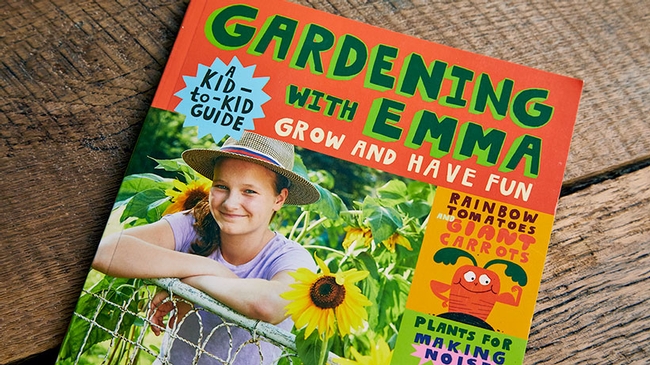
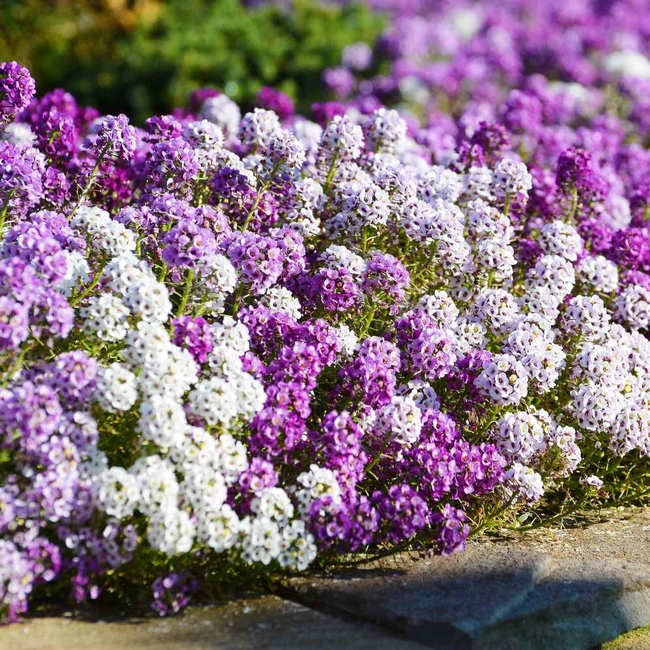
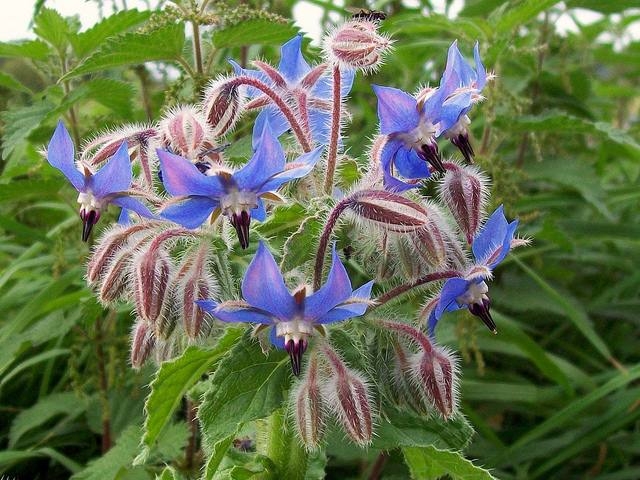
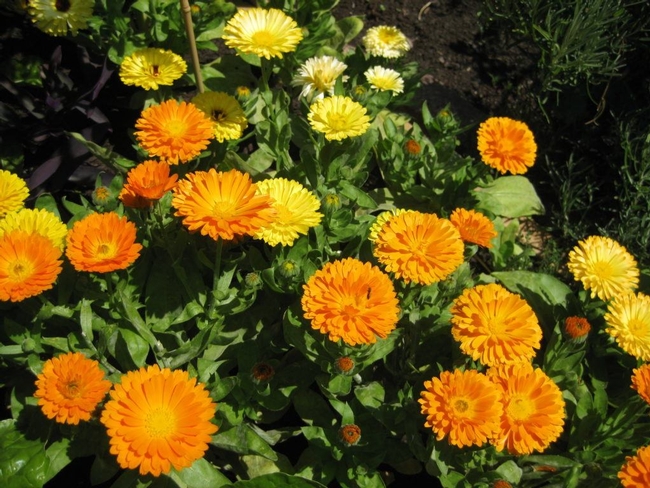
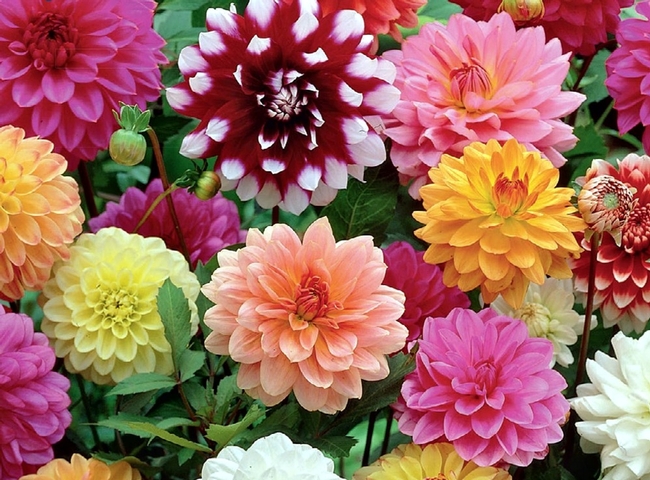
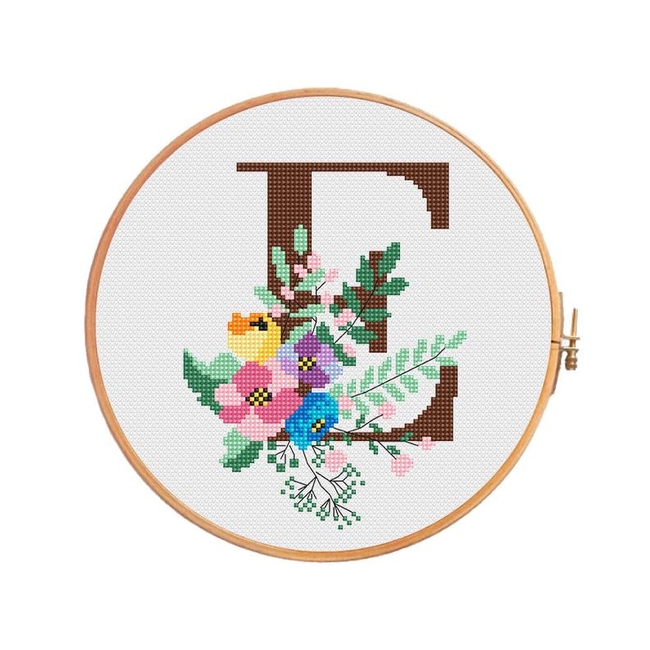
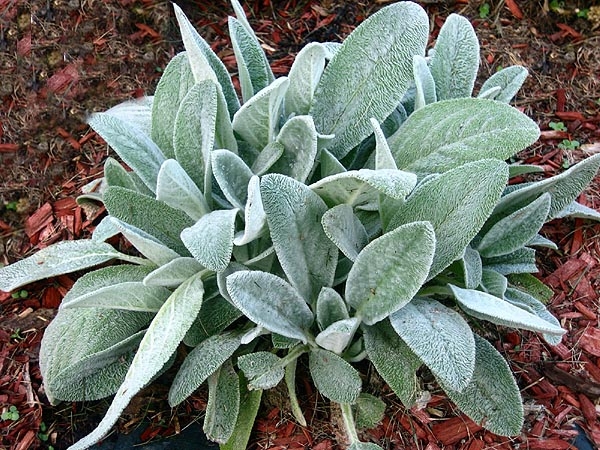
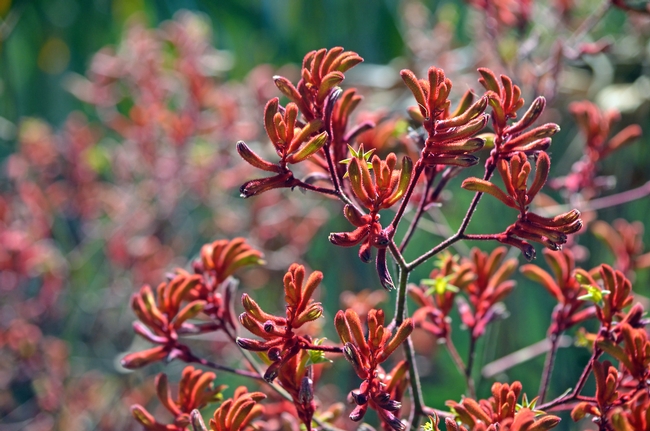
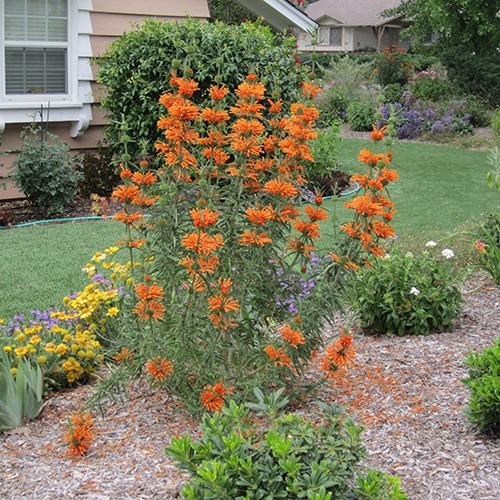
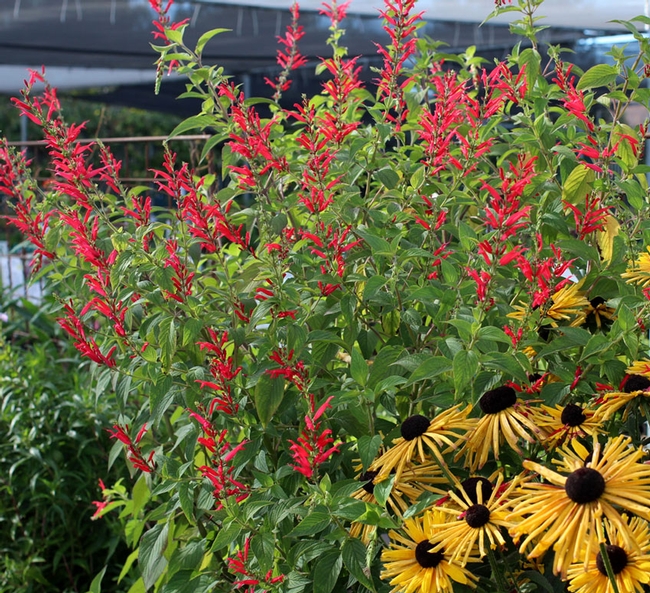
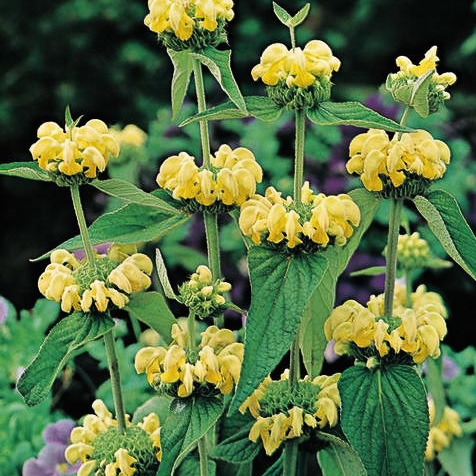
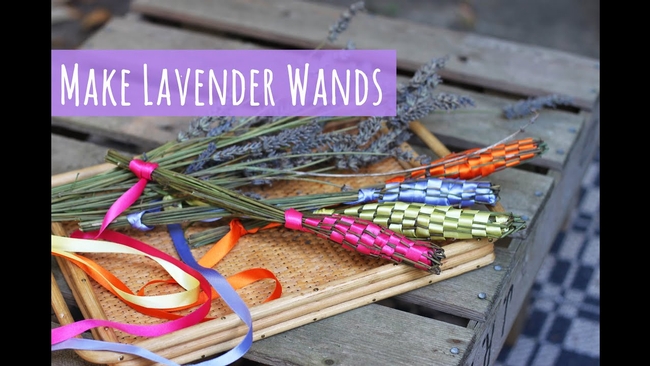
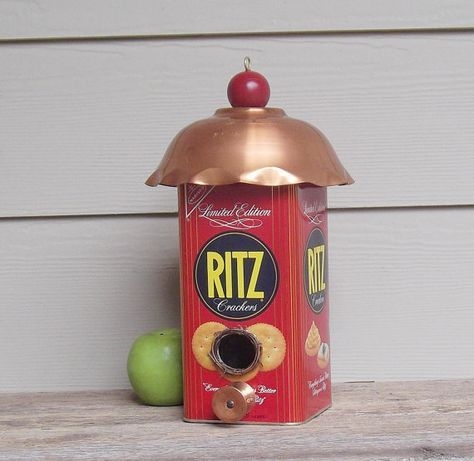
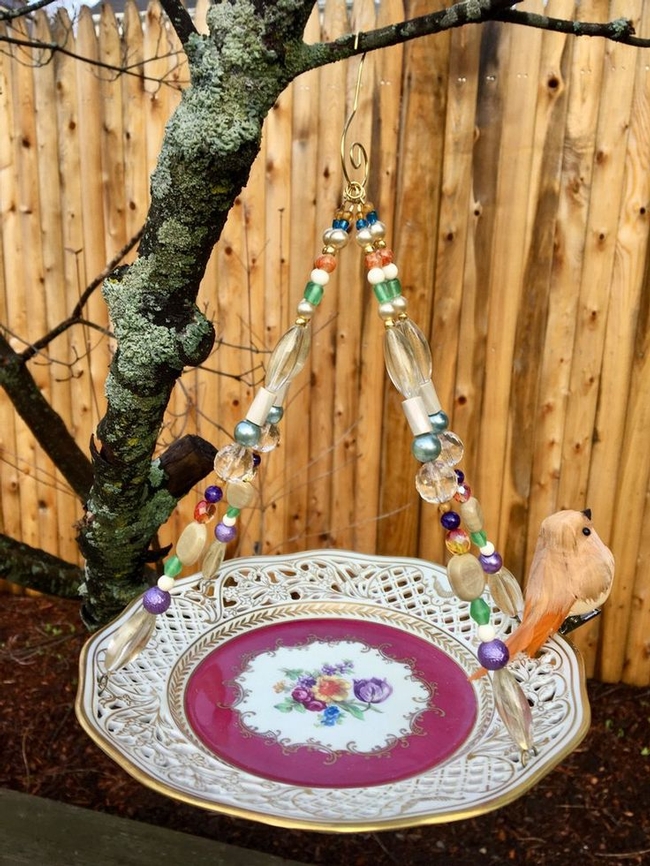
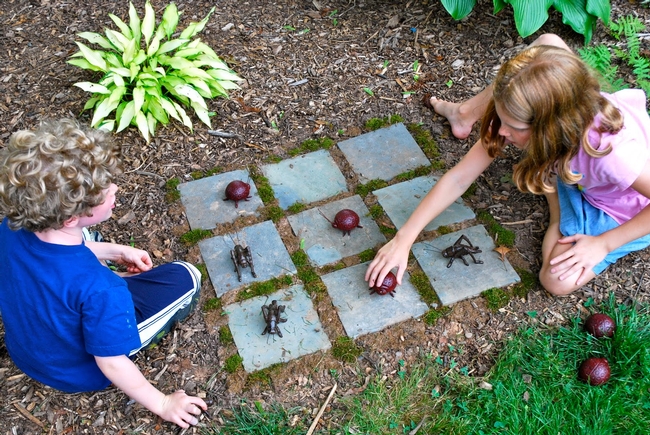
By Donna Woodward, UC Master Gardener of Napa County
One rainy winter day I looked out my window and saw a luscious white pansy in full bloom. I rushed right out and bought more pansies.
Anything that will bloom in the winter months is especially welcome. We expect to see legions of flowers in summer, but during the cooler months their numbers and varieties dwindle. I appreciate those that bloom in the off-season even more for their scarcity.
The flowers we see in late fall to early spring are those that thrive in cool weather. Our summers are long, hot and dry, so these flowers don't often last through the year. Some can stay alive if planted in optimal conditions and kept sheltered and watered.
The pansy's petals are delicate, but the plant is hardy in the horticultural sense, meaning it will tolerate frost. I object to the term “pansy” to describe a person who is delicate and fearful. Pansies are tough.
Even if the blossoms wither in the cold, the plants will often survive and bloom again. They are usually planted as annuals, though, because they can become leggy in warm weather.
Pansies can be planted in the early spring or the fall. The ideal planting site will get morning sun but avoid the heat of the afternoon.
One early-blooming flower that I have learned to love is the primrose. I think it, too, has an unfortunate name. Perhaps it's the word “prim” that sounds fussy and prudish. An individual primrose may not be stunning, but a group of them makes a bright, colorful border.
I planted a row of primroses ten years ago and they have continued to thrive year after year. Although they don't like the hot sun, they survive in full sun in my garden due to a trick I discovered by accident.
Alyssum was growing in the flower bed and happened to get established around the primroses. I realized that those primroses that were surrounded by alyssum managed to stay alive, partially hidden, through the summer. Now it's a regular cycle. Once the weather cools, the primroses explode with new life. The alyssum can then be thinned and will be back to protect the primroses by the time it gets hot again.
The first flower most of us see in the spring is the daffodil. Daffodils are a member of the genus narcissus and are sometimes referred to as narcissus or jonquil. They have been bred to include many different configurations of petals and color combinations, but the most common color is the familiar bright yellow.
These heralds of spring usually start to appear in early January but some hybrids bloom later. This year I saw the yellow flowers in January, and I had some white ones open in late March.
Another wintertime flower is paperwhite narcissus, which is often sold for forcing to bloom indoors in the winter. It doesn't require indoor temperatures and can be planted outdoors in our zone. It blooms in mid-winter.
I planted some paperwhites near my front door. They were pretty but they smelled so bad I thought we had a skunk. When I realized it was the flowers, I moved them to a bed farther from the door.
Considering their indoor popularity, I was curious about how people tolerate the smell. I read that the aroma is one of those things that is offensive to some people but pleasant to others. Also, there are several varieties, and their scents vary.
Many wildflowers bloom in the early months of the year. March and April offer vistas of mustard, California poppies, calendula and others. They make a spectacular display because their colors contrast so perfectly against a field of green.
A wildflower is not necessarily a native plant. The California poppy is a true native that deserves its status as our state flower.
Another low-growing orange flower, a species of calendula, carpets the roadsides and hillsides in Napa. It's the same color as poppies and often grows with them. Calendula is native to parts of Europe, Asia and Micronesia. You may be familiar with the larger calendulas grown in home gardens.
I planted a wildflower mix a couple of years ago, and the one species that took hold was calendula. They have spread profusely. I had a similar experience with California poppies.
I hope you are enjoying the beautiful displays of spring wildflowers. If you haven't done so, go for a drive in the country. Our hills offer many scenes of incredible beauty this time of year.
It is not too late to plant some of these cool-weather flowers from starts. Bulbs are best planted in the fall. Next year, just when the world looks drab and dreary, you may find your spirits lifted at the sight of the first flowers of the year.
Food Growing Forum: Second Sunday of the month through November. Sunday, April 11, 3 pm to 4 pm: “Tomatoes, Peppers and Eggplants.” Register to get Zoom link: https://bit.ly/3lC3qs8
Workshop: On Saturday, April 17, UC Master Gardeners of Napa County will hold a virtual workshop on “Soil is the Solution: Digging Deeper” from 9:30 am to 11:30 am. Learn about soil, its relationship to climate change and how to enrich your soil to produce healthier plants. Register to get the Zoom link: http://ucanr.edu/2021SoilRegeneration
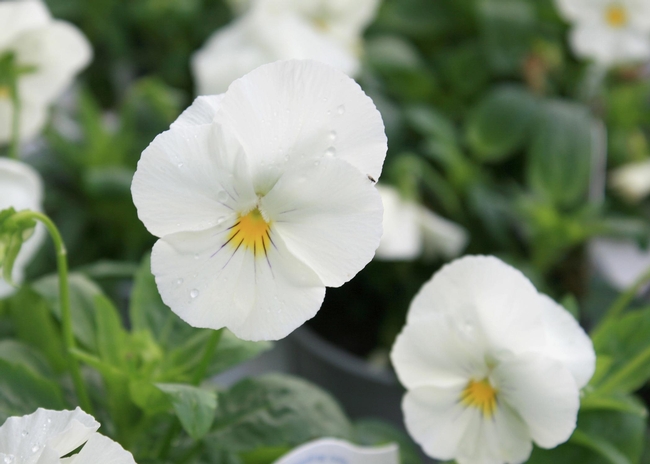
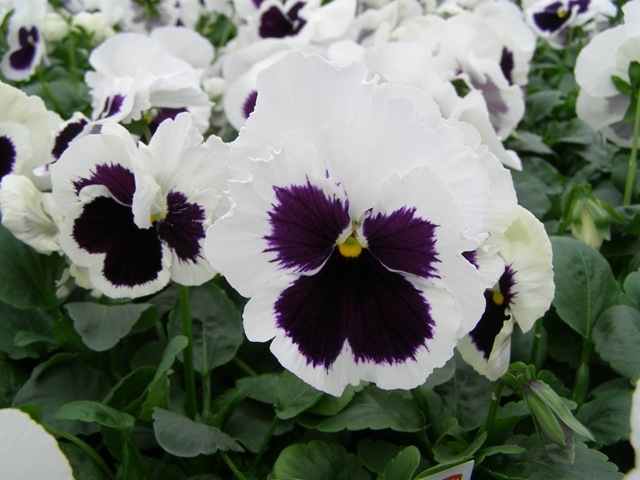
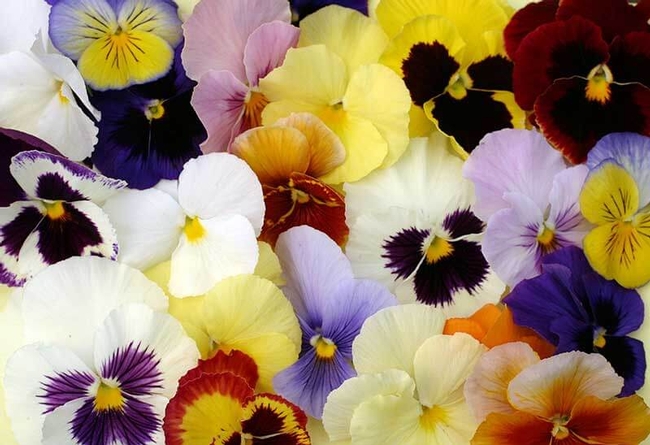
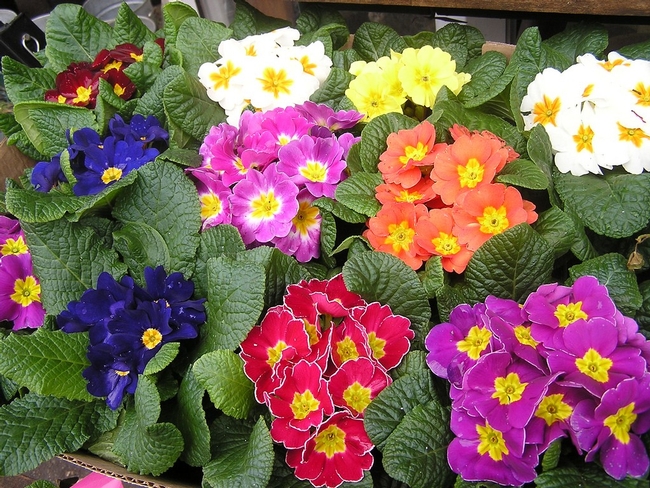
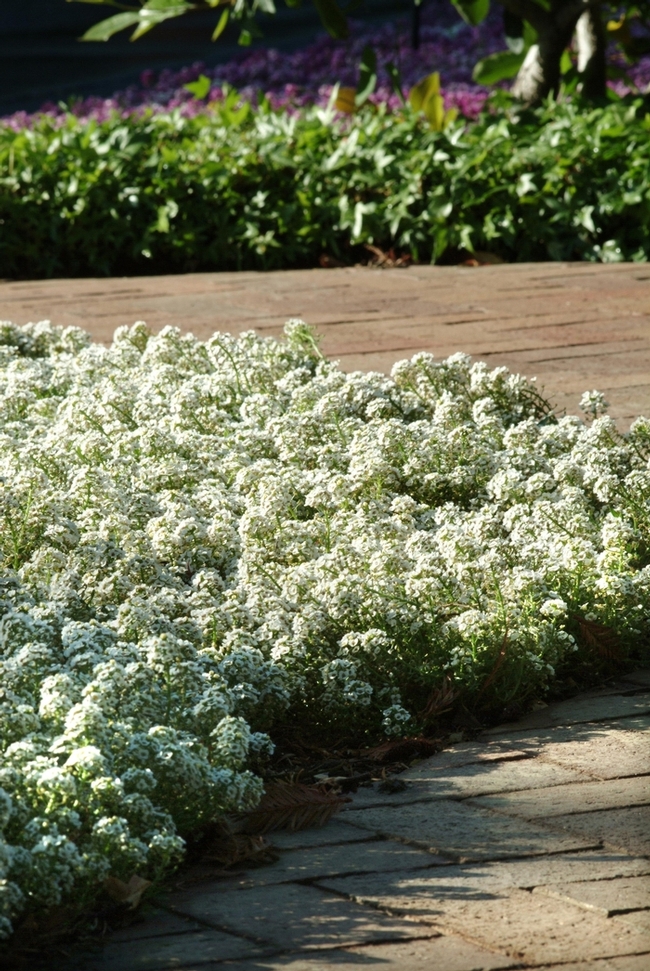
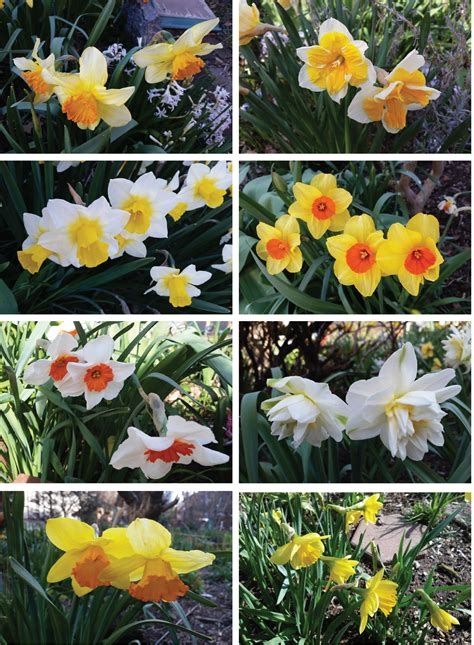
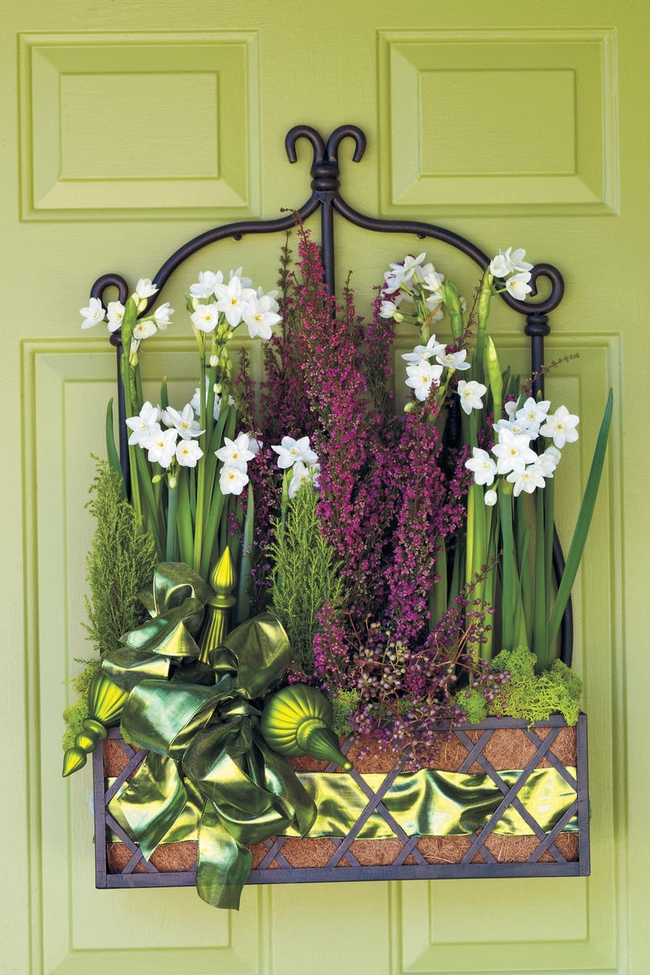
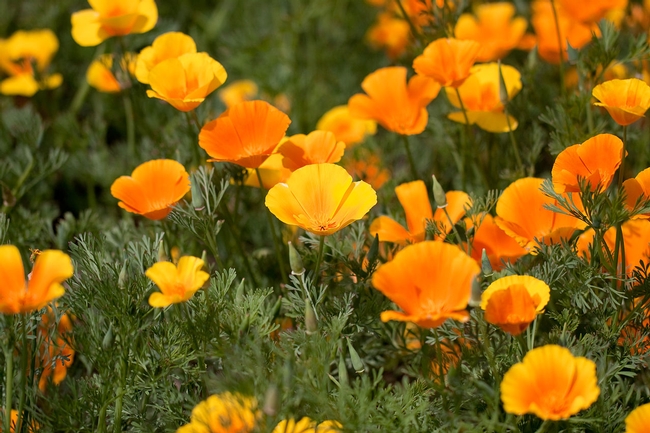
By Iris Craig, U. C. Master Gardener of Napa County
January is a month for setting intentions, and many of us set intentions for our gardens. For some of us, the big goal is to be more organized.
How can you improve the organization of your winter garden? One way is to keep a journal. Describe the weather, your maintenance, what you planted and when you harvested. Your journal can include a photo or drawing of the garden for each month. By keeping track of what is going on in your garden, you start to see patterns.
You can also schedule tasks so you complete them at the best time. In most areas of the country, winter is a time when gardens rest. In Napa County, a winter garden can be just as much fun to care for and as productive as in June. Plus, you can turn off the irrigation and allow rain to water the garden for you. Tasks that are best accomplished in winter include replacing your lawn, planting annual flowers for color, planting bare-root trees or shrubs, improving your soil and caring for fruit trees.
Good soil enables plant growth. To preserve your soil structure, refrain from walking on it or tilling it while it is wet.
We can affect climate change through our soil maintenance practices. Soil is an ecosystem itself. It can sequester carbon, making it a carbon reservoir. Over-tilling soil tends to deplete it of organic matter and reduce the ability of plants to absorb water.
To protect and improve your soil, and to sequester carbon, plant a cover crop. Cover crops reduce soil compaction and protect the soil from erosion. They improve soil structure, increase organic matter and fix nitrogen.
Common cover crops include fava beans and other legumes. Legumes add nitrogen, and nitrogen is the main plant nutrient commonly lacking in our soils.
Another good cover crop is lacy phacelia (Phacelia tanacetifolia). It is in the borage family, native to California and grows well. It attracts bees and blooms all winter. Cover crops compete with weeds, often choking them out. However, while the soil is damp, you can easily control weeds by hand.
Should you decide to remove a lawn, now is the ideal time. You can use the lasagna method. Instead of digging out sod, cover it with sheets of cardboard topped with soil and mulch. The rain and soil organisms will do the rest. Within three to four months, you will find rich soil in place of the lawn.
With planning, you can have blooming plants in your garden all year. Choose shrubs that blossom in winter and plant them as soon as the soil is dry enough to work. (It should be crumbly.) Flowers for winter bloom include primroses (Primula vulgarius), violas, Iceland poppies, pot marigolds (Calendula) and sweet William (Dianthus). All will bloom early and tend to last through the rainy season. You can plant them in a container or planter box if the soil is too wet.
If you plan for it in late summer, you can have a winter vegetable garden in Napa County. Suitable vegetables include bok choy, kale, mustard greens and Swiss chard, as well as broccoli and cauliflower. You can also plant root vegetables in early fall for winter harvest; consider beets, carrots, turnips, kohlrabi and radishes.
If you missed this window, begin planning your spring garden. You can start many leafy spring vegetables from seed now and transplant the seedlings into the garden in early to mid-March. Most root vegetables should be sown directly in planting beds.
If you have frost-sensitive plants, such as citrus trees, or want to get a head start on your spring vegetable garden, protect your garden from frost with burlap or floating row cover. Create a frame with plastic tubing to drape the fabric and prevent it from touching plants. Anchor the fabric to the ground to keep out snails and birds. Remove burlap every morning so the plants can receive sun during the day. You can leave floating row cover in place; it warms the soil on sunny days.
To get more organized in your garden, consult the Master Gardeners publication, “A Month-by-Month Guide to Gardening in Napa County.” It makes gardening recommendations for each month and includes a section where you can record important information. The publication is available for purchase in the Master Gardener office (address below).
Next workshop: “Flowers and Foliage for the House, growing Flowers for Bouquets” on Saturday, April 27, from 9:30 to 11:30 a.m., at the University of California Cooperative Extension, 1710 Soscol Avenue, Napa. For more details & online Registration go to http://napamg.ucanr.edu or call 707-253-4221
The UC Master Gardeners of Napa County are volunteers who provide UC research-based information on home gardening and answer your questions. To find out more about upcoming programs or to ask a garden question, visit the Master Gardener website (http://napamg.ucanr.edu) or call (707) 253-4221 between 9 a.m. and noon on Mondays, Wednesdays or Fridays.
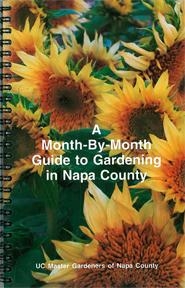
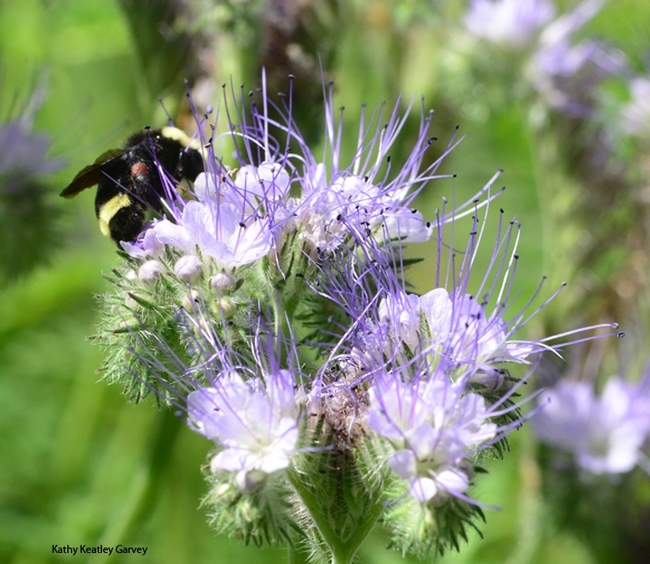

By Denise Seghesio Levine, UC Master Gardener of Napa County
Gardens can be a lot of work. So I appreciate the many volunteers that make my dream of having beautiful garden flowers without 24/7 attention. I love volunteers.
This time of year, while my vegetable seedlings are just starting to settle in and newly planted perennials are starting to get their legs, patches of gold and orange flowers welcome me to my morning garden work. Calendulas (Calendula officinalis) planted from a six-pack a few summers ago burst into sunshiny blooms on their own schedule now in early spring. One six-pack has grown to a ten-foot patch in the garden while other flower seedlings on the deck are not quite ready to plant.
Also called pot marigold or Scotch marigold, calendulas are part of the Asteraceae, or aster family, with daisy-like petals. The blooms are usually a deep, rich golden orange, although some varieties come in a warm palette of bright yellow to soft apricot. Calendulas are hardy and pest free and bloom in my garden almost all year. Give them a couple of inches of water a week in the hottest part of summer, and keep flowers picked to prolong bloom. If they get really out of bounds, cut them back by half after bloom, give them a good drink and they will start all over again.
Calendulas may slow down during the hottest months, but they quickly revive when the weather cools. Historically calendulas have been used for many purposes, from skin care to dyeing fabric to cooking. Each year my volunteer calendulas come back stronger, more prolific and more colorful than ever. Most garden pests don't like them, so you can use them to protect your vegetables.
Nigella (Nigella damascena) is another prolific self sower and a noteworthy addition to the garden patch. Part of the buttercup family, Nigella has wispy foliage and celestial airy blossoms, most commonly in sky blue but also available in pink, lavender and white. Despite its delicate appearance, Nigella is a tough, drought-resistant plant. At the end of its growing cycle it produces a lantern-like seed pod that adds interest to floral arrangements. Its common name is love-in-a-mist. The seeds from Nigella sativa, known as black cumin at the spice store, add an oniony cumin flavor to dishes and are treasured by Indian cooks.
Nigella self-sows readily, or you can harvest the pods, trek around the garden and squeeze the lantern-like seed receptacles into the air to sow new patches where you want them. Happy in full sun to partial shade, Nigella needs good drainage but not much else. You can buy seeds now or purchase a six-pack to get a head start on your volunteer garden for next year.
And let us not forget the generously self-sowing forget-me-nots. With cheerful true-blue flowers and a bright yellow eye in the center, forget-me-nots (Myosotis) make a wonderful ground cover. They are also lovely in overflowing pots and make charming teapot bouquets. Carpeting the ground with six-inch soft green foliage and cheerful, carefree flowers, forget-me-nots can brighten a shady or tree-covered corner. They produce foliage the first year and, like biennials, flower and go to seed the second year. One source describes their self-sowing proclivity as “wanton” and warns that once you have forget-me-nots, you will never forget them. They might turn out to be pests, but hey, they are volunteers.
Can you have too much of a good thing? Absolutely. That may be why so many prolific self-sowing annuals are listed as weeds in the University of California Weed Identification book.
But a weed is really just a plant where you do not want it. Luckily, seedlings from most of these plants are easy to eradicate if they are overwhelming you or nearby plantings or are just where you would rather see something else growing. Uproot seedlings while they are still small, or carefully dig and transplant them to another location, planting them as deeply as they were before.
You can always control proliferating volunteers and spread the wealth to other areas or to friends by collecting seeds at the end of the season. Store seeds, carefully labeled, in a cool, dry place.
The UC Master Gardeners are volunteers who provide UC research-based information on home gardening and answer your questions. To find out more about upcoming programs or to ask a garden question, visit the Master Gardener website (http://napamg.ucanr.edu) or call (707) 253-4221 between 9 a.m. and noon on Mondays, Wednesdays or Fridays.
Next workshop: “Rose Care” on Saturday, June 1, from 9:30 to 11:30 a.m., at the University of California Cooperative Extension, 1710 Soscol Avenue, Napa. For more details & online Registration go to http://napamg.ucanr.edu or call 707-253-4221.
The UC Master Gardeners are volunteers who provide UC research-based information on home gardening and answer your questions. To find out more about upcoming programs or to ask a garden question, visit the Master Gardener website (http://napamg.ucanr.edu) or call (707) 253-4221 between 9 a.m. and noon on Mondays, Wednesdays or Fridays.
What do the blue chicory flowers blooming in meadows and vineyards, the pansies in your window box and the honey-scented blossoms on your lemon tree have in common? You can eat them.
A stroll around your winter garden, nearby vineyard or neighborhood might reveal surprising edible flowers to cheer, nourish, flavor and decorate winter plates.
But just because blossoms are pretty does not mean you can eat them. Some flowers are poisonous. Identify any flowers you plan to eat or serve and make sure no sprays or chemicals have been used on them.
By the time you read this, nasturtiums (Tropaeolum majus) may be gone, but in early December the blossoms in navel-orange, taxi-yellow and vermillion blossoms are still flourishing at the edges of my garden. The honey-tinged heat and color of nasturtium blossoms provide contrast in citrus salads and in salads with deep-green arugula or miners' lettuce. Both the petals and the leaves have a peppery flavor, making a milder garnish for guests who don't like spice.
Calendulas (Calendula officinalis) look like bright, full daisies in a palette of pale yellow, apricot and bright orange. They grow through most of our Napa Valley winters. Calendula is an annual and generously self-sows every year, so leave a flower or two to go to seed. After the first rains, expanding circles of little calendula seedlings are already greening up the areas in my garden where calendulas grew last year. In a few months, their neon-orange flowers will be the first to bloom in profusion as winter turns to spring.
Calendula petals may be sprinkled in salads, ice cream, soups or risotto. If you have several plants to choose from, taste to see which you prefer.
All members of the viola family are edible and bloom bravely through all but the iciest weather. Fresh-faced pansies, fragrant violets (Violata odorata) and blue and yellow Johnny-jump-ups don't just provide vivid color for garden beds and pots. They also contribute blossoms for confetti-colored butter logs to melt on biscuits. Or arrange them in two-dimensional bouquets to decorate special desserts.
With blue or white star-shaped blossoms, borage (Borago officinalis) can grow in shady spots. Its cucumber-flavored blossoms can be frozen in ice cubes or used to garnish salads or sorbet.
Herb blossoms are all edible, so consider using the delicate white flowers on lemon verbena and perky chives as well as peach, pear, plum and almond blossoms.
Always check to make sure flowers are edible. While you might think fragrant sweet pea (Lathyrus odoratus) blossoms should be edible, they are not. This kind of sweet pea is poisonous and should be eaten with your eyes only.
On the other hand, sugar snap peas, shelling peasand other edible peas have blossoms and shoots that can be safely consumed. Eating pea blossoms is for those who spurn delayed gratification and live for the moment, or for those who do not like to eat their peas. On the other hand, gardeners who hope to ultimately harvest peas will have to forgo all but the first blossoms.
Citrus blossoms are edible, but taste them to make sure you like the flavor. Some are bitter. As a general rule, the sweeter the fragrance, the sweeter the flavor. Use blossoms to infuse cream for ice cream or whipped cream or use to scent lemonade.
All types of dianthus are edible, including ‘Sweet William' blossoms, carnations and pinks. Ranging in color from pure white to almost black, dianthus blossoms give artistic cooks many beautiful colors to choose from. Taste the flowers and remove the bottom white part of the petal if it seems bitter. Steep in syrups or mix into butters. Frost cakes, then lay a stencil over the cake and sprinkle shredded flower petals to fill the outline.
Edible flowers can expand your kitchen choices. Check this site https://whatscookingamerica.net/EdibleFlowers/EdibleFlowersMain.htm for a list of edible flowers. Tulips, begonias,chrysanthemums and gladiolas can make surprising contributions your meals. Learn which flowers are safe to eat and teach your children well.
Workshop: U. C. Master Gardeners of Napa County will host a workshop on “Rose Pruning” on Saturday, January 7, from 10 a.m. to noon, at University of California Cooperative Extension, 1710 Soscol Avenue, Napa. Certified rosarian Lynne Andresen and other Master Gardener rose enthusiasts will demonstrate and explain proper pruning techniques and review rose types, common rose disorders and routine maintenance. Online registration (credit card only); Mail-in registration (check only or drop off cash payment).
Master Gardeners are volunteers who help the University of California reach the gardening public with home gardening information. U. C. Master Gardeners of Napa County ( http://ucanr.edu/ucmgnapa/) are available to answer gardening questions in person or by phone, Monday, Wednesday and Friday, 9 a.m. to Noon, at the U. C. Cooperative Extension office, 1710 Soscol Avenue, Suite 4, Napa, 707-253-4143, or from outside City of Napa toll-free at 877-279-3065. Or e-mail your garden questions by following the guidelines on our web site. Click on Napa, then on Have Garden Questions? Find us on Facebook under UC Master Gardeners of Napa County.

